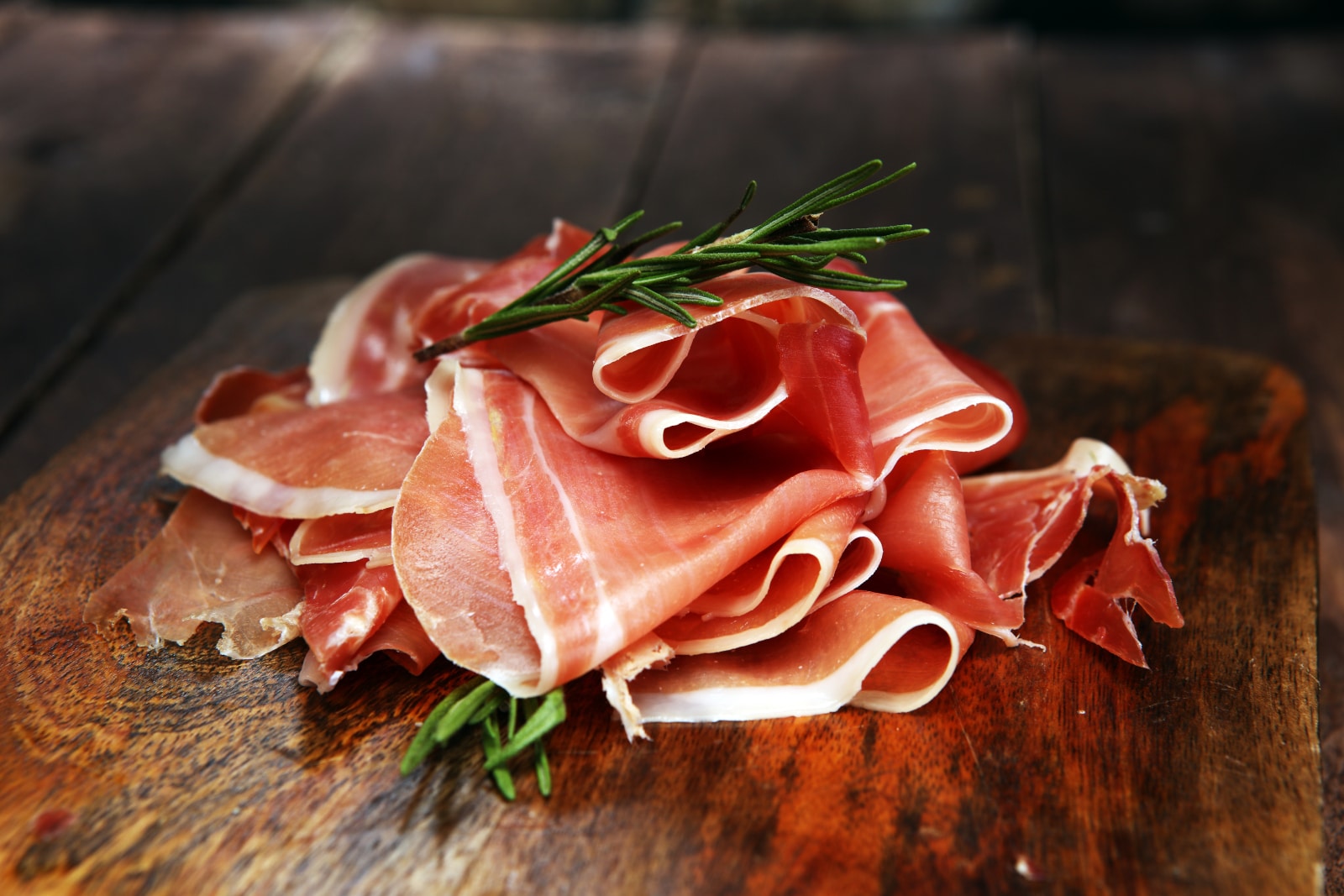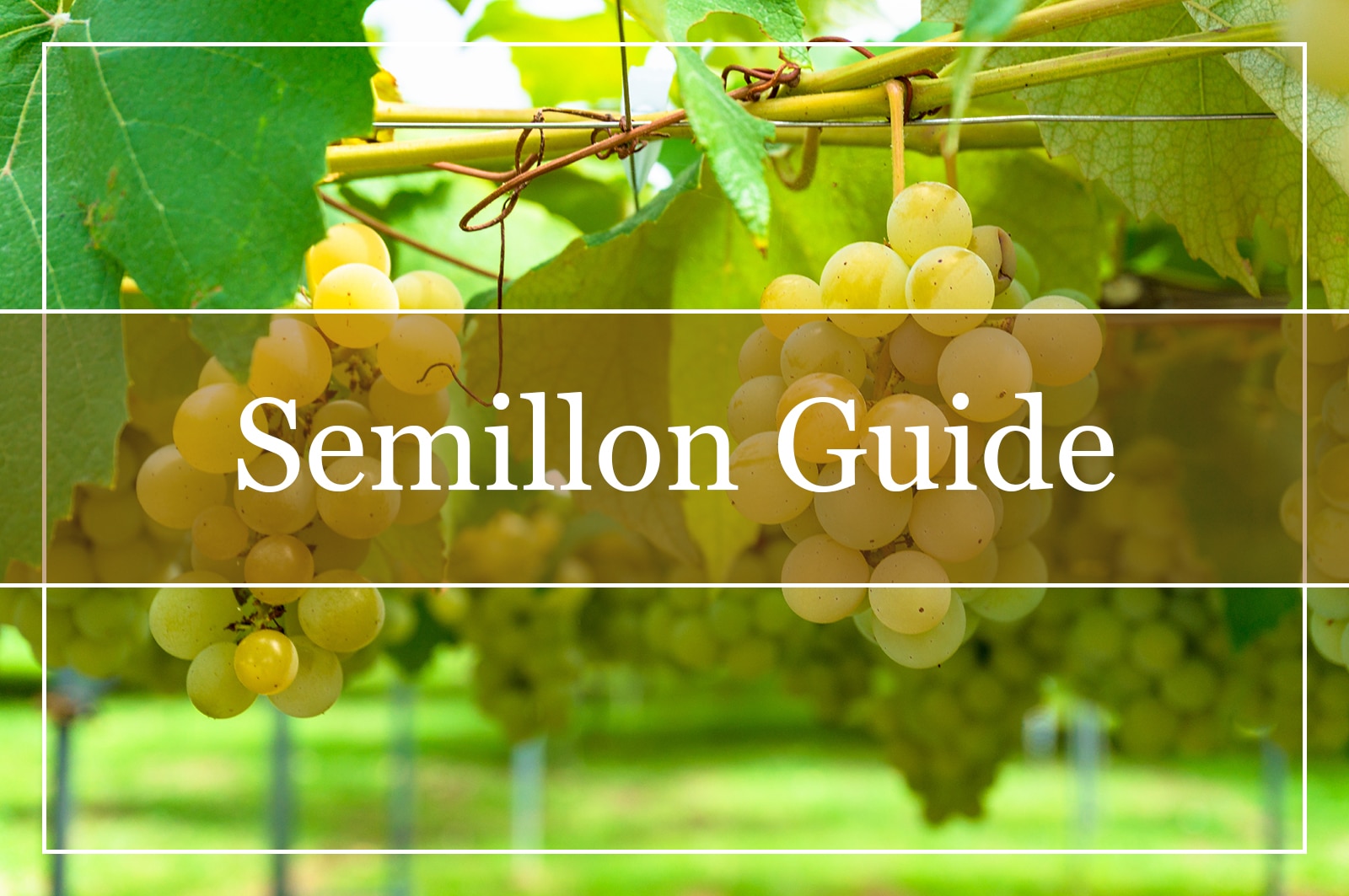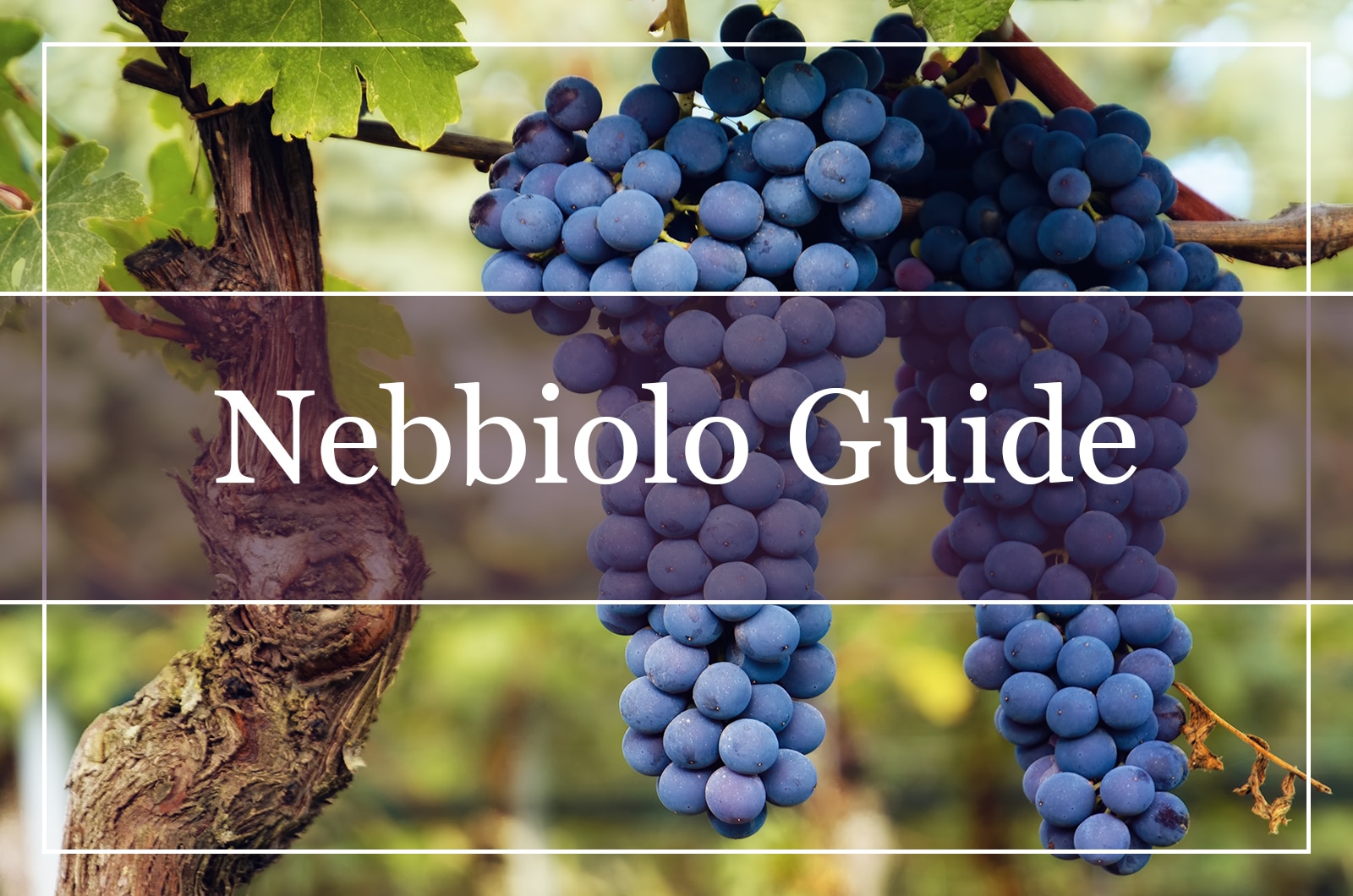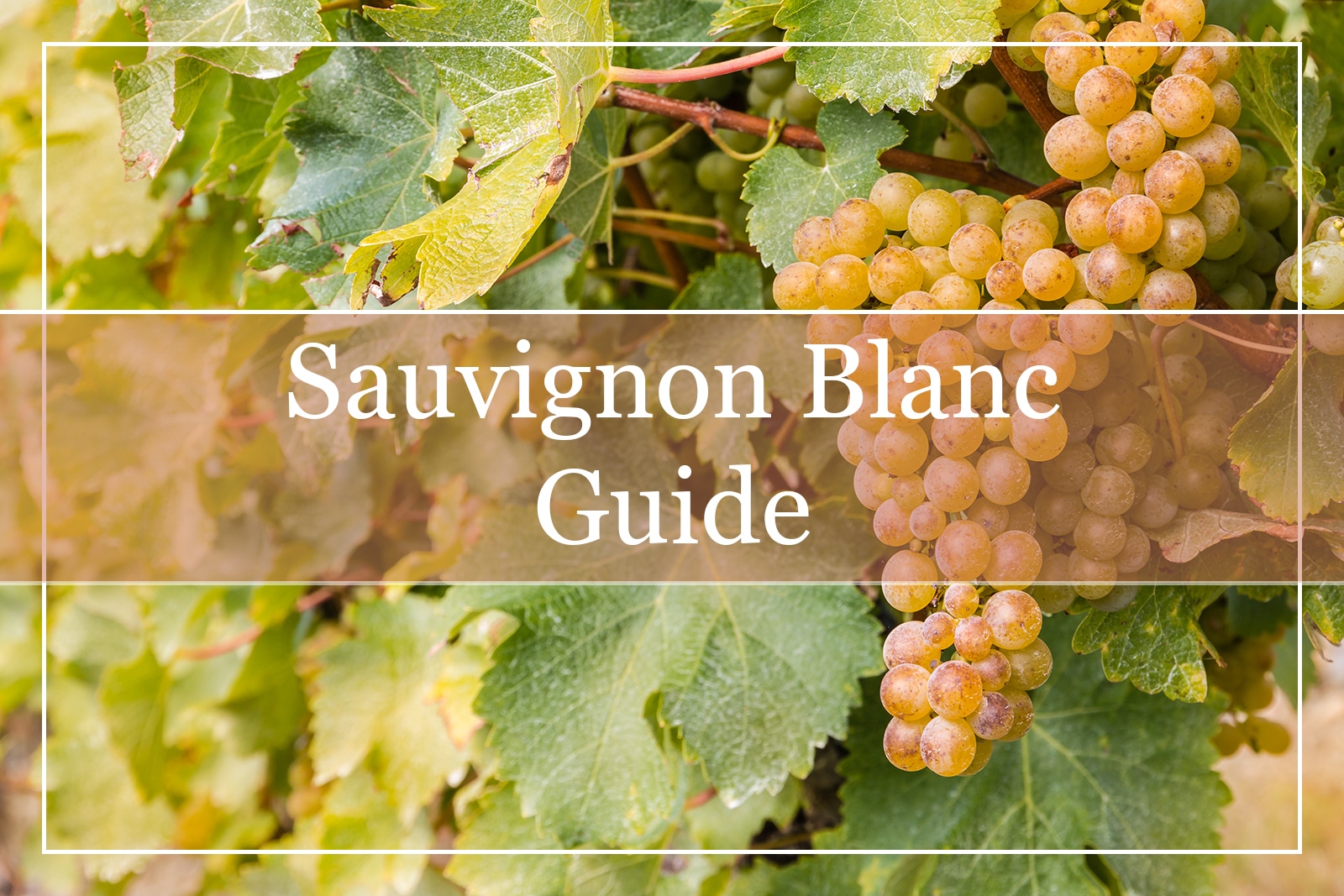What Is Pinot Noir?
Originating in the Burgundy region of France, Pinot Noir is a black grape varietal used in the production of Pinot Noir wine. The Pinot Noir characteristics of finesse, aging potential, and elusive charm have made it one of the world’s most popular and sought-after wines. It is also one of the most expensive wines because it is notoriously difficult to grow and very particular about the terroir and climate that this grape will flourish in.
What Are the Essential Characteristics of Pinot Noir?
In order for a Pinot Noir to classify as top quality, and one that wine lovers will pay a large amount of money for, the wine must meet certain criteria. It must have an elaborate nose, sophisticated texture, interesting complexity, and velvety tannins just for a start. Then, intricate wine-making techniques are required because the grapes are particularly thin-skinned and delicate, which makes them highly susceptible to diseases such as rot and fungus. The vineyards need careful monitoring because the Pinot Noir grapes have a very short growing season compared to other grapes, so there is no room for error.
What Is the Color of Pinot Noir Wine?
The Pinot Noir color is an interesting point and the subject of much discussion. It is true to say that the Pinot Noir grape is not very rich in color and this is what causes the problem for those who try to classify red wines by the intensity of the color of the wine. If producing a wine with a deep red color is all that it takes to make great wine, then for most wineries that would not take too long or be too difficult.
However, the delicate Pinot Noir with its wide variety of shades and transparencies is the exception to the rule. This grape is so sensitive to the climate, terroir, and production methods that it reflects these factors in the Pinot Noir color it displays.
Pinot Noir Comes in a Wide Range of Red Shades
Speaking in broad terms, this red wine should have a pale berry color (except for the Pinot Noir produced in Burgundy which is deep purple) but it is difficult to pin it down to just that description. The color can vary from blush to deep, reddish violet, with many shades in between.
It would probably make more sense to describe Pinot Noir color in terms of its density. So, words like “moderately light, dark, and moderately dark” are much more fitting descriptions and save time on trying to find exactly the right shade of red.
What Does the Name Pinot Noir Mean?
The origins of the Pinot Noir name could come from the shape that the grape bunches form. Apparently, they are similar to that of a pinecone, which is pinot in French. However, some people think that the name comes from the place where the cuttings were taken such as Pinos or Pignols in the Auvergne region of France.
Accepting that Pinot means “pine”, we assume that the Noir (black) refers to the small, tight clusters of dark purple grapes that form on the vine. Pinot Noir grapes are much darker than other grape varietals, so it is easy to reach that conclusion.
How Do You Pronounce Pinot Noir?
The correct Pinot Noir pronunciation is important for some people, but if you do not know French, it could lead to embarrassment if you say it incorrectly.
Pinot is pronounced “Pee-no”, and the emphasis should be equal on the short syllables. Noir is usually pronounced “Nwar” – with the “war,” said with the mouth open and rounded.
There are many helpful audios and videos on Google if mastering the correct pronunciation is important to you. “Pee·now nuh·waa” is the phonetic spelling of the name of this wine.
Where Did Pinot Noir Wine Originate?
Pinot Noir is an ancient grape type that has been growing in the Burgundy region of France for centuries. It is believed that the first cultivators of Pinot Noir were French monks who started using the tiny, black grapes to make wine in the 14th century.
Its fame has since spread around the world, and compelled winemakers to try and grow this grape in Europe, and as far afield as the New World. It is now grown in many wine-growing regions across the world, such as Germany, Switzerland, Italy, South Africa, Australia, New Zealand, and California, USA. However, the conditions that this particular grape varietal will tolerate are very specific and demanding.

Pinot Noir Is a “Fussy” and Demanding Grape!
To maximize the characteristics of acidity, delicate flavors, and subtlety that Pinot Noir is famous for, it has to be grown in cool climates. Because the ideal conditions have been found in very specific countries around the world, Pinot Noir has now been given an international status.
The Pinot Noir vines may be the same in all countries, but the different wine-growing regions will give that Pinot Noir subtle changes in the expression of the wine. This can differ even in vineyards that are only a short distance apart and makes Pinot Noir red wines incredibly special and distinctive.
What Type of Wine Is Pinot Noir?
Pinot Noir is a type of red wine. Typically, it is a fruit-forward wine with a translucent reddish color. It is medium-bodied and has a comparatively lower alcohol content than most other red wines. Wine-growers agree that it is a difficult wine to produce because of the special requirements of the grapes. But, it is also one of the most charismatic wines when it is perfectly made.
Pinot Noir has won the hearts of wine lovers and collectors the world over because its power is in its naturally delicate characteristics. It subtly seduces you from the moment the delicate color is seen in the glass to soft cherry and raspberry notes on the palate. It ages gracefully and will delight you with enhanced flavors and gamey aromas if you can wait long enough for them to develop.
Is Pinot Noir a Dry or Sweet Wine?
The lower tannins make Pinot Noir wine smooth and easy on the palate. It is a dry, light to medium-bodied red wine with balanced acidity. There is a sweetness from the ripe cherries and raspberry flavors, but these flavors are of fresh fruit variety rather than syrupy. It cannot be described as a sweet wine such as sherry.
What Does Pinot Noir Taste Like?
The Pinot Noir flavor profile can be best described as elegant. Great care is taken in the production of the wine to extract the most refined Pinot Noir aroma and taste that is humanly possible. The fresh fruitiness is balanced with crispness, and the perfect acidity and low tannins elevate this wine into something special. Even the choice of wine barrels for aging and the exact length that is needed to create the perfect Pinot Noir taste has to be carefully monitored.
The levels of winemaking skill at every stage of the production explain why Pinot Noir commands great respect and a higher-than-average price tag. True, there are many fantastic red wines available on the market today, but it is the reference to the “clean and elegant character” in the Pinot Noir tasting notes that make it outstanding amongst red wine lovers and collectors of fine wines.
Artisan Flavors Balanced to Perfection Make a Perfect Pinot Noir!
Besides the fruity notes in Pinot Noir, you will be able to detect other interesting aromas and flavors in your glass. Some regions will cause the wine to have an earthiness and aromas of the forest floor. Others will highlight spices such as vanilla, clove, and cinnamon. Don’t be surprised if you pick up a little mushroom, leather, or a smokiness in this immaculate wine varietal. This is a red wine to discover rather than just to drink.
How Should Pinot Noir Be Served?
Such a delicate and precious red wine deserves to be served with refinement and respect. This means that special care should be taken in the preparation of the Pinot Noir drinking experience. This red wine can, of course, be opened and enjoyed as you please. But, in order to get the best out of the drinking experience, here are few tips that you could find helpful.
The perfect temperature to serve Pinot Noir is 55 degrees F (12.7 Celsius). That means that it is slightly chilled, but not refrigerated.
Do Not Decant a Pinot Noir
Pinot Noir is designed to be served straight from the bottle and should not be decanted. Choosing the correct glass is very important because that is where the aeration will occur and you will be able to appreciate the special Pinot Noir nose. Choose a large, bell-shaped glass, with or without a stem.
Because it has been so carefully crafted, the Pinot Noir characteristics will change and deteriorate if it is left open for longer than a day. So, there is your excuse to finish the bottle while it is in its prime!
Pinot Noir Will Continue to Age to Perfection
Having said that, if Pinot Noir is correctly stored in a cool, dark place with a secure seal, it will age beautifully and gracefully for anything up to eight years.
How Long Should Pinot Noir Be Left to Breathe?
According to most red wine experts, Pinot Noir does not need to be given time to breathe. This is based on what is called the “Aeration Rule of Thumb” which states that the higher the tannin levels, the more time it needs to aerate. Pinot Noir is known as a light to medium-bodied wine with low tannin levels so it does not require much, or any, aeration time at all. If you want to hedge your bets, then you could decant and aerate your Pinot Noir for no more than thirty minutes. This timing is typical for most fruity reds.
Decanting might be your personal preference, especially if you have a beautiful decanter that will enhance the luminous, pale color, but it is worth remembering that Pinot Noir is created to be enjoyed straight from the bottle.
One exception to the rule on decanting Pinot Noir is if you detect that your bottle of Pinot Noir seems to be too acidic. Decanting, in this case, will help to reduce the tartness and smooth out any unbalanced flavors.
What Food to Pair With Pinot Noir?
The versatility of the delicious Pinot Noir grape extends to Pinot Noir food pairing. You can rest assured that it is virtually impossible to go wrong if you produce a bottle of Pinot Noir to be shared around the table. It is a welcome accompaniment to a vast range of food types, cuisines, and flavors.

A Wine for Every Occasion
The complex character of the Pinot Noir flavor, as well as the high acidity and low tannin balance, means that it can be paired with foods that are normally served with white wines. For example, grilled fish flavors will not be overpowered by a glass of Pinot Noir. However, it is complex enough to hold its ground when served with rich hearty meat dishes. And, Pinot Noir cheese pairing is a match made in heaven!
Here are a few Pinot Noir food pairing suggestions that have been tried and tested:
- Charcuterie – virtually any cold cuts of meat such as salami, ham, prosciutto
- Gamey meats, like lamb, venison, pheasant, or rabbit
- Creamy, nutty cheeses such as Taleggio, Gruyere, Brie, Goat’s cheese. Cheese-based dishes like Cauliflower Cheese, Mac & Cheese, or Cheeseburgers will be raised to gourmet status when served with a delicious glass of Pinot noir.
- Pasta dishes such as Pappardelle with a porcini ragu
- Freshly baked bread served with pâté’s and terrines, or richly flavored seared chicken livers on toast
- Grilled vegetables like broccoli, asparagus, peppers, and corn
- Think meat-based celebrations like Thanksgiving, Christmas, or weddings and you have the perfect match with roast turkey or goose served with plenty of Pinot Noir
- Rich and creamy desserts will be divine when served with this red wine at the end of a meal
What Is the Alcohol Content of Pinot Noir?
Although some Pinot Noir varieties have lower alcohol content than others, it is this variation in alcohol levels that should be noted. Of course, consume all alcohol responsibly, no matter how delicious the glass of wine is!
Pinot Noir wines produced in cooler climates, like those from Europe, typically have a lower alcohol content than Pinot Noirs from warmer climates. The Pinot Noir alcohol content can vary from 11.5% to 15.4% so, it is worth taking note of the volume on the label of the bottle as that is quite a considerable range.
How Many Calories Are There in Pinot Noir?
Another important health consideration is the number of carbs in Pinot Noir. There are approximately 81 calories in 100-gram serving size (0.9g of natural sugars), and the total carbohydrates in a serving of Pinot Noir are 3.4g. Red wines in general, are typically less weighted in the carb department than white wines, but this is certainly a consideration for those on a calorie-reduced diet.
While thinking about aspects of health, it might be worth doing some research on the benefits of red wine for your wellbeing, and those of Pinot Noir in particular. I guarantee that just one glass of delicious Pinot Noir will make you feel much better!
My Final Thoughts on Pinot Noir
I have concluded that Pinot Noir red wine is a magical wine that is made using specific techniques and a huge amount of skill. I think there is something intriguing about taking a difficult and “wayward” grape and turning it into a refined and elegant drink that is sought after by the most discerning wine lovers. I would not be surprised if certain aspects of the Pinot Noir winemaking are kept as heavy guarded secrets, passed down from one generation to another.
Not everyone can afford the top-range Pinot Noirs, but you can certainly treat yourself to a bottle from the wide price range and enjoy it at a special festival or occasion. It is the type of wine that will be gratefully received by hosts, savored by any who receive it as a gift, or just relished quietly in an armchair by the fireside.
Its ability to pair with just about any type of food means that you will never be caught short if you store a couple of bottles for “just in case” – Just in case you really need to spoil yourself, more likely! From the quality vines and terroir to the quality production, to the quality of the soft red hues and fresh aromas, you owe it to yourself to experience a quality Pinot Noir just once in your life!







